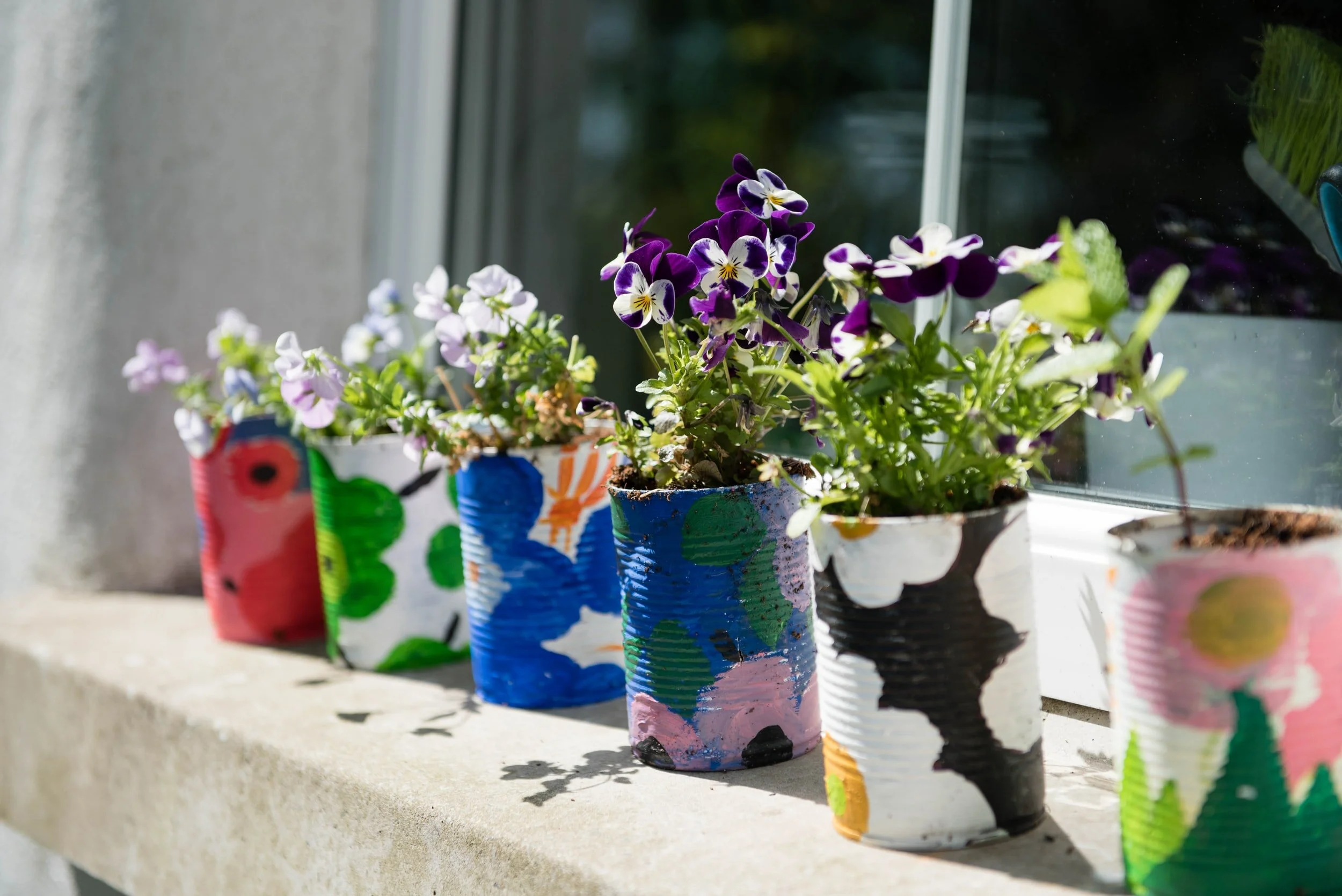What's the Difference Between Upcycling & Recycling? Which is Better?
As environmental awareness has been heightening amongst people these days, there have been new eco-friendly terms and trends going around every once in a while. One such term that people have been discussing recently is upcycling.
Often confused with recycling, this term is gaining popularity especially amongst designers and those who like to shop for eco-friendly products.
So what really is upcycling? And how different is it from recycling?
Recycling and upcycling in the waste hierarchy
A demonstrative process on how to deal with waste is called the waste hierarchy.
It presents itself as an inverted pyramid with steps such as reduce, reuse, recycle, recover etc. to deal with waste, presented in a decreasing order of importance as you go from top to bottom in the pyramid.
PC: Wikipedia
One of the steps in the waste hierarchy is reusing (upcycling comes under this step) and another step is recycling.
Although both these prevent waste from going into the landfill and producing greenhouse gases, they are slightly different from each other in the way that they operate.
What is upcycling?
Upcycling or creative reuse is a way to find a new use for items that are of no use anymore by transforming them into new materials or products. This means that upcycling helps create a new product from old materials.
Typically this process takes something viewed as waste and turns it into something of value by using an old product again.
With a growing circular economy we are seeing upcycling become more popular.
What are some examples of upcycling?
The term upcycling is incredibly common in the crafting space and becoming more popular within sustainable fashion too.
There are so many amazing ways to participate in upcycling at home with common household items. Here are a few ideas for upcycling projects.
If you want to get really fancy you could even sell your upcycled product for a bit of extra cash.
Turn a broken sink into a garden planter
Turn champagne and wine corks into art or magnets
Give your plastic bags a new life by turning them into coin purses
Turn old glass bottles into lampshades
Upcycle cans into planters
Save plastic bottles to refill and store pasta, lentils, grains, etc.
Upcycling could also involve things that is normal practice for your mother or grandmother such as reworking garments by stitching together old pieces of cloth.
Upcycling has actually been practiced in traditional cultures since the beginning of time. In areas where coconut palms grow, Indigenous communities have been using various parts of the coconut tree that would otherwise be deemed as waste.
For instance, using coconut shells that would be thrown away after taking the flesh out. The only thing you need to start your upcycling journey is to let your creative juices flow!
What is recycling?
We're all familiar with the recycling bin, but what does the process really look like? According to the United States Environmental Protection Agency, recycling is the process of collecting and processing materials that would otherwise be thrown away as trash and turning them into new products.
Recycling involves breaking down waste into its constituent raw materials and building a new product out of the broken down material.
For instance, when you send a glass bottle for recycling, it involves processes like crushing, and melting wherein the bottle gets broken down into glass dust. This dust is then remoulded back to form new glass bottles.
How is recycling different from upcycling?
Lets look at some of the main differences in upcycling versus recycling.
Recycling essentially converts old products into new articles with the same constituent raw materials as the old article. Hence, there is not much capacity for it to change much in form or utility. However, with upcycling you could make waste function very differently to what its initial utility was like.
By reusing, you can also use different parts of the same product to serve different purposes in its second life. For instance, using caps of bottles to create art and using the bottle itself as a light holder or container.
Recycling also reduces the quality of the new article formed as it involves breaking down and reformulating whereas this is not the case with upcycling. For example when we think of recycled fabrics each time the fibers are recycled they are of lesser quality than the previous time.
The amount of energy use varies on different situations, but upcycling typically uses less energy since we don't have to break down the waste.
The last difference is how fun it is to think of new ways to use an already used item and get creative. This way, many objects in your home would have a story behind it!
Which is more eco-friendly? Upcycling vs Recycling
Contrary to what we might have previously thought, recycling is not always the best option to deal with waste. In the waste hierarchy, recycling is featured below upcycling or reusing which demonstrates that opting to recycle is ideal only when reusing an article is not possible anymore.
This is because there is significant energy involved to recycle an item. Recycling involves breaking down products into their raw material to be formulated into new articles.
It's estimated that 20 tons of carbon dioxide is prevented from entering the atmosphere for every ton of textiles that get upcycled instead of recycled.
Hence, if upcycling is done instead of recycling, it reduces the amount of greenhouse gas emissions in the atmosphere. It's also estimated that only 9% of what we recycle ACTUALLY gets recycled.
When is recycling more eco-friendly?
When you are certain that an article in its current form cannot be used anymore and it needs to be broken down and reformulated, then recycling is a better option.
Recycling must also be done before considering throwing away something in the landfill.
Some materials also have a greater recycling rate than others. For instance, metals like copper and aluminium can be recycled to a large extent.
It might bring more value being recycled than upcycled, sitting in your house as an art piece.
When is upcycling more practical?
It is more practical to upcycle when an object is intact in most ways. For instance, repurposing your old t-shirt into cleaning cloths, sewing old jeans into dog ropes etc.
One rule you could follow is to identify the many ways you can still use something you are about to throw away. Only when you have exhausted all these options do you actually need to think about recycling or disposing.
Is the Recycling System Sustainable?
Honestly, in the United States we have A LOT of work to do on recycling. Our recycling is typically shipped abroad. We're essentially giving our trash to other countries to deal with.
It's estimated that in 2019 of 68,000 shipping containers of American plastic recycling were exported from the US to developing countries that mismanage more than 70% of their own plastic waste.
This means that a lot of plastic contributes to water pollution ending up in oceans and local waterways. With the rise of climate change we're seeing countries like China taking a stand and refusing to accept America's recycling.
It's essential that America figures out different ways to deal with the recycling and reduce our waste as shipping overseas increases the carbon footprint, uses a lot of energy, and is unethical leaving developing countries to deal with our waste.
In general I think the upcycling process is more sustainable and as consumers we should be doing as much upcycling as we can.
See what creative new things you can do with your old newspapers, unwanted fashion items, old t-shirts, and old furniture. You'd be surprised! Pinterest can be a great resource for finding upcycling ideas.
















Transform your outdoor space with this list of eco-friendly gardening tips. Learn how to build a sustainable, green backyard garden that supports nature.